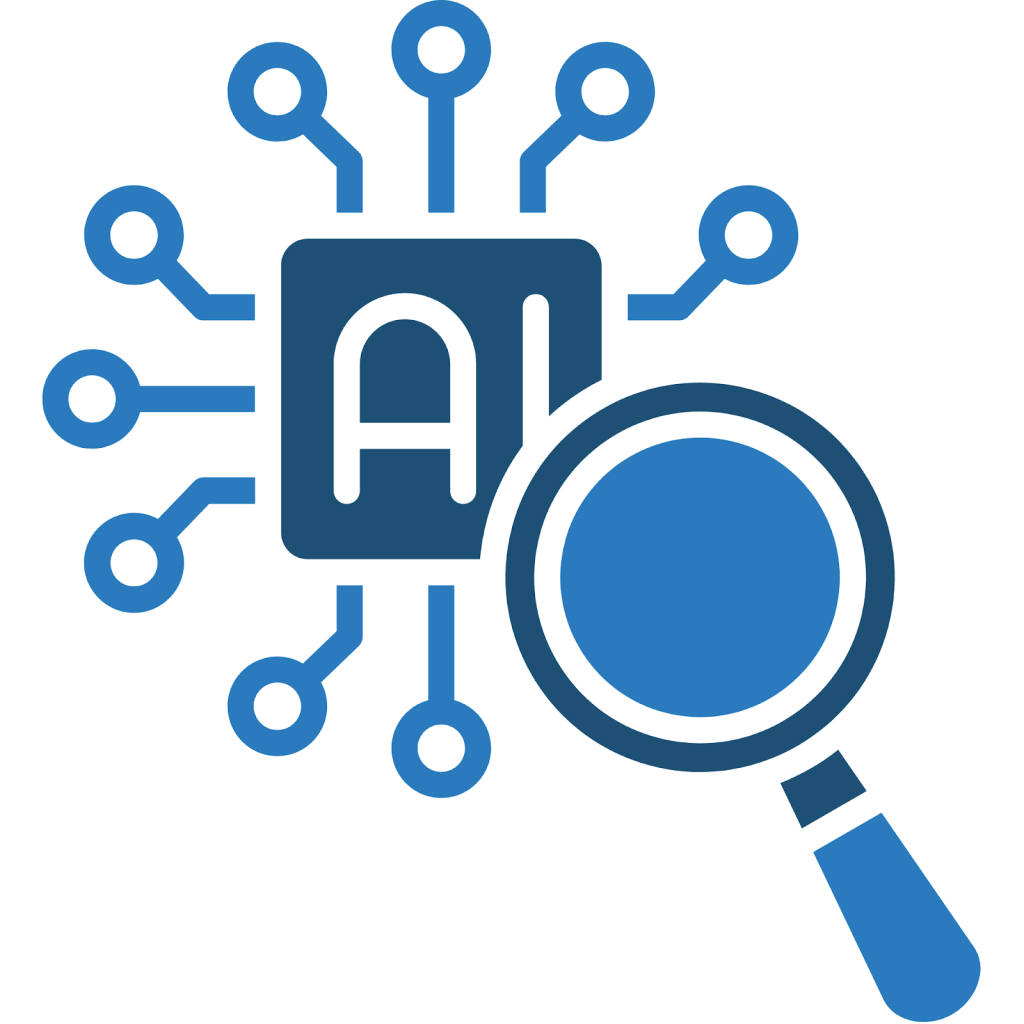The quiet shift in the boardroom
Two things are now true in higher education. AI sits inside daily academic work. And boards are being asked to govern it. Deans and CIOs feel the pressure, but the decisions start above them. Boards must set direction, approve policy, and resource capability. They also carry risk when controls fail or strategy lags. That is why AI fluency has moved from “interesting” to agenda item one.
What AI fluency actually means for governors
AI fluency is not coding or research specialisation. It is a working knowledge of AI concepts, uses, limits, and risks. Directors need enough literacy to test strategy, weigh trade-offs, and ask the right questions. This includes understanding model types, data lineage, human oversight, privacy impacts, and bias controls. It also means knowing when AI can support learning, and when it erodes integrity or equity. Boards with this fluency make faster, safer calls on investment and policy.

Solutions like SkillX offer micro-credentials to build this fluency, helping boards and academic leaders develop a shared understanding of AI’s role in governance, learning, and operations.
For board directors and academic executives, AI fluency covers:
- Core concepts: models, training data, outputs, limits, and drift.
- Governance: risk, ethics, privacy, academic integrity, and accountability.
- Strategy: where AI adds learning value, reduces cost, or opens access.
- People: staff capability, workload, and the student experience.
- Measurement: outcomes that matter to quality and equity.
Why this now sits with the board, not just the CTO
Three forces have converged.
- Regulation and assurance. Australian regulators expect clear, institution-wide responses to AI in teaching and assessment. TEQSA (Australia’s higher-education regulator) now expects providers to align assessment design and integrity controls with the realities of AI use. Boards must ensure policy, governance, and evidence are in place. Assurance cannot be delegated without oversight.
- Sector reform. The Universities Accord signals structural change and skills targets tied to national priorities. AI capability is part of that shift. Funding, participation, and industry links will track with how well universities respond to skills demand and technology change. Boards must see AI as a lever for access, quality, and productivity.
- Workforce demand and risk. OECD analysis shows rising demand for management, communication, and problem-solving in AI-exposed roles. Employers expect graduates to handle data, privacy, and ethics in real settings. Universities that adapt course design and assessment will deliver stronger outcomes.
The integrity challenge boards must own
Generative AI has reset the integrity baseline. Detection alone will not hold. Assessment design, staff capability, and student guidance must change as a system. In 2024, providers developed institution-wide action plans on AI and integrity. That is a governance signal. Boards should seek evidence that policy is applied in practice, and that course teams have support to redesign tasks, not just police them.
Practical board questions:
- How has assessment policy changed to reflect AI use cases, not only prohibitions?
- What investment is allocated to staff development in assessment redesign?
- Which controls protect student data and model prompts in teaching tools?
- How do we monitor unintended impacts on equity or accessibility?
Teaching and operations: The dual AI agenda
AI touches two domains.
- Teaching and learning. AI can support feedback, formative practice, and differentiated learning. It can also harden gaps if tools are poorly designed. Recognised guidance, including from UNESCO, recommends a human-centred approach with teacher capability building and clear safeguards. Boards should expect a staged plan, clear use cases, and measurable learning benefits.
- Institutional operations. Administrative automation, student services, research support, and risk management are in scope. Gains come from process clarity, reliable data, and change support for teams. The right question is not “what can we automate” but “where does AI create value with acceptable risk.” Governance should align pilots to strategy, then scale with controls.
What good looks like: A three-horizon plan

Horizon 1. Stabilise integrity and lift baseline literacy.
- Update assessment policy to allow disclosed, scaffolded AI use where appropriate.
- Provide staff development on task redesign and feedback practice.
- Issue student guidance on allowed tools, citation, and privacy.
- Stand up a cross-functional AI governance group that reports to the board.
Horizon 2. Build capability for value creation.
- Run teaching pilots with clear pedagogy, privacy controls, and evaluation.
- Prioritise operational pilots in high-volume workflows with measurable savings.
- Define data standards and model procurement rules.
- Create role-based AI training pathways for academic and professional staff.
Horizon 3. Scale what works and report value.
- Embed successful practices into course design and student support.
- Scale operational use where controls and benefits are proven.
- Report on student outcomes, cost impacts, staff workload, and equity effects.
- Refresh policy and risk registers as models and rules evolve.
Measurement: What boards should see each quarter
A helpful pack includes:
- Progress on assessment redesign by faculty and level.
- Staff completion of AI literacy and integrity training.
- Student outcomes in pilot units vs controls.
- Privacy and risk incidents, with remediation steps.
- Procurement and vendor risk status for AI-enabled tools.
- Operating model impacts, such as service times or cost per task.
Procurement and partner checks
Vendor hype is high. Governance needs evidence. Ask for model cards, data handling detail, and human-in-the-loop controls. Require alignment with recognised principles and local integrity guidance. Check where data is stored, how prompts are used, and how students consent. Tie pilots to clear outcomes and a shutdown plan if controls fail.
The skills mandate: students and staff
Employers need graduates who can use AI with judgment. Graduates must combine digital skills with teamwork, analysis, and ethical decision-making. Staff need similar growth to design and deliver relevant learning. Treat AI training as core professional development, not an optional webinar.

Where SkillX fits in your capability plan
SkillX provides micro-credentials that lift baseline literacy and support role-based depth. For boards and academic leaders, start with Introduction to Artificial Intelligence and Machine Learning. It is self-paced, online, and typically takes 120 to 180 hours. It builds shared language and practical understanding across leadership and course teams.
The decision is in front of you. AI is now a core governance topic. Treat it like quality, safety, and finance. Build fluency at the board level, set direction, and invest in people. Your students, staff, and partners will feel the impact.
Enquire now about SkillX programs for academic leaders and course teams.




